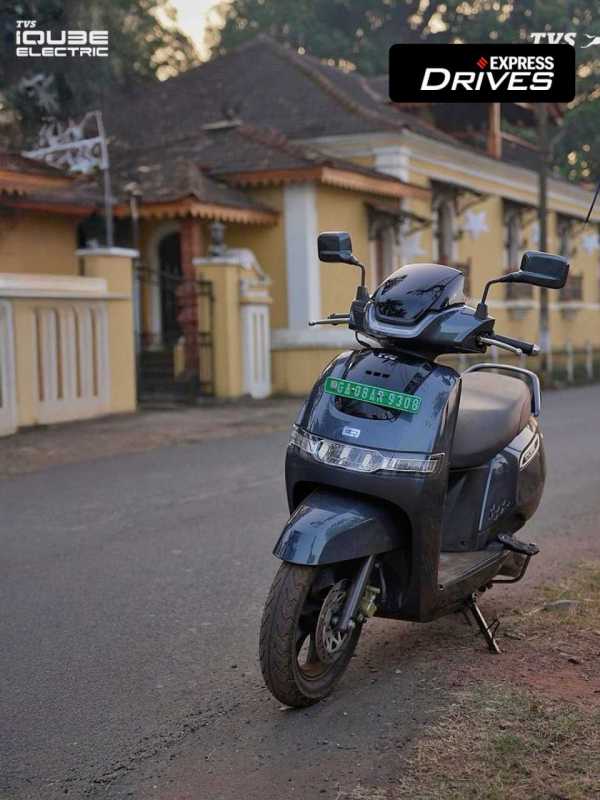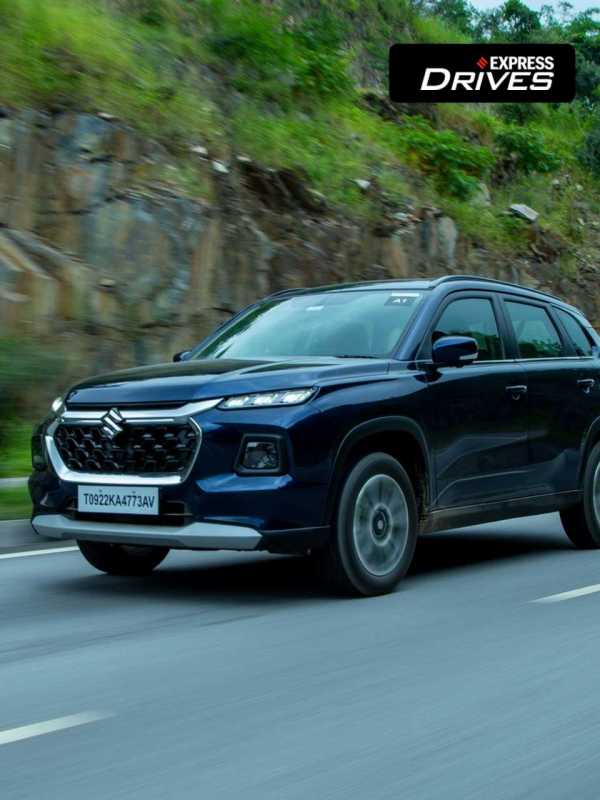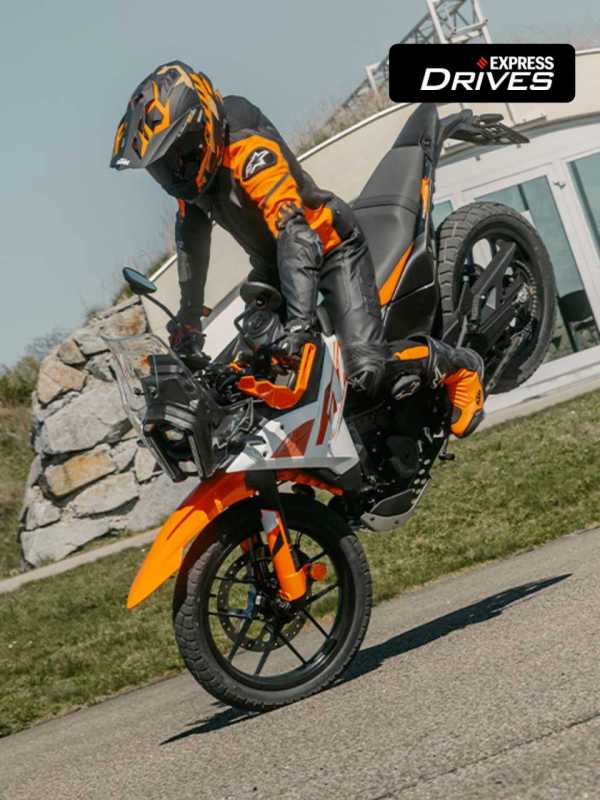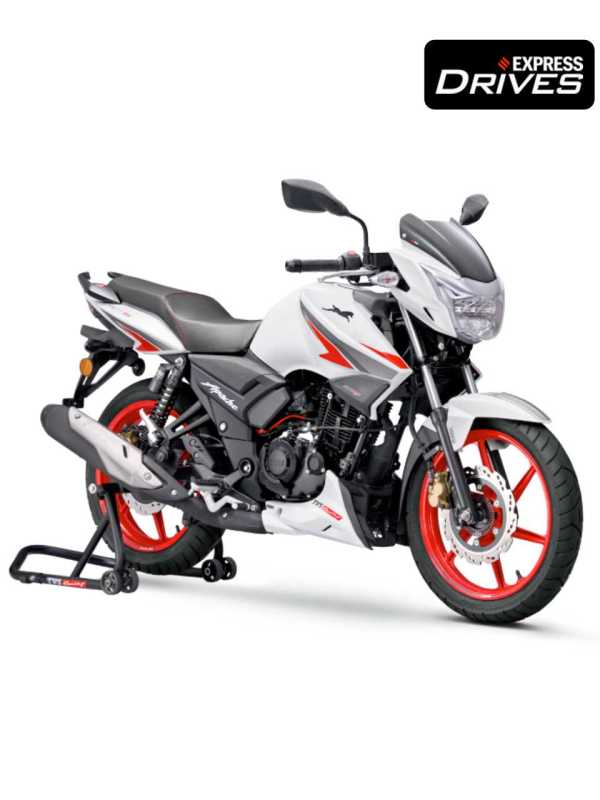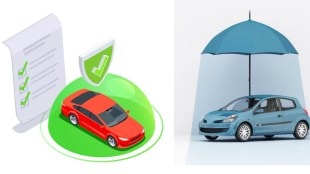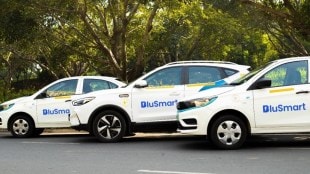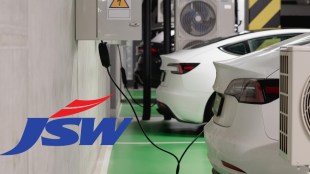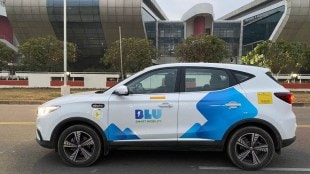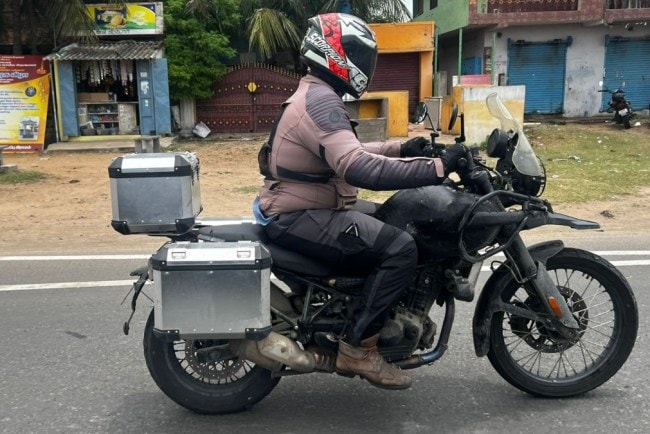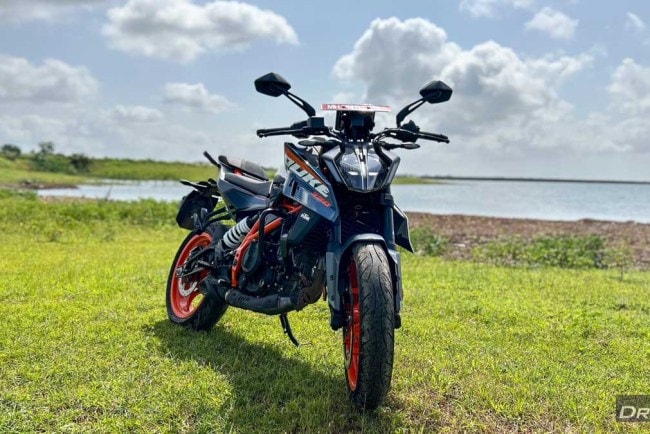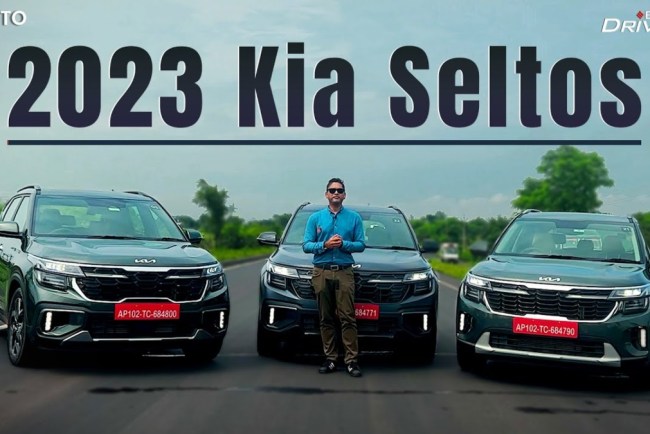By Prashanth Doreswamy
According to IBEF, the Indian automobile industry contributes almost 6.4% of India’s GDP and 35% of manufacturing GDP and is a leading employment provider. The automobile industry which had well-defined boundaries in the past, is undergoing a huge transformation with newer emerging technologies.
Embracing continuous transformation, the Indian automotive landscape is highly influenced by electric drivetrain, connected technologies, advanced safety systems, and new models of mobility-as-a-service. Being the preferred mode of transportation for most, there is a huge expectation from consumers for enhanced capabilities and tailored experiences. With digitization and connectivity, automotive companies are able to cater to the evolving needs and demands of customers.
Digitalization and connectivity are currently driving the transformation in the automotive industry. With digitization on the rise, the entire dynamics of the car is transforming. Software is now being incorporated in vehicles and cars can now be termed as ‘computers on wheels’. Software holds an enormous growth potential and has become the oil for the future of mobility.
Connectivity is shaping a major part of the future of mobility and is one of the emerging trends. Nowadays, almost all vehicles have some form of a connected device installed in the vehicle. Right from safety to comfort, connectivity can be used for a variety of purposes. Previously unimaginable technology has now become standard features of a vehicle including emission compliance, efficiency, better safety and performance, and improved human-machine interfaces. Connected vehicles also have the ability to analyze real-time data and work towards reducing traffic congestion in areas.
With connectivity on the rise, vehicles have transformed into mobile living spaces and customers expect a lot more from their vehicles. A connected car has a network of functions that work together to communicate information, such as cameras, GPS, and seat belt reminders. The rise of autonomous and connected vehicles has led to an increased risk of cyber-attacks, therefore, cybersecurity is gaining significance.
The increasing number of fatalities and injuries resulting from road accidents worldwide has made vehicle safety a critical issue. Road safety is a major concern for the automotive industry especially in developing economies like India. According to MoRTH, at least 1 out of 10 people killed globally on roads are from India (WHO). In 2021, 412,432 road accidents claimed 153,972 lives and injured 384,448 people while 67% of the accidental deaths take place between the age group of 18-45 years. Safety technologies are a key feature in today’s connected vehicles. Therefore, to prevent road accidents and fatality rates, anticipatory, preventive safety functions, are critical steps to achieve this goal.
Safety is not only restricted to people in the vehicle but also applies to the occupants, other vehicles and their occupants, people on the road, animals, pedestrians, and more. Research and Development centers across the country have the ability to adapt advanced and sophisticated technologies like ADAS to suit the needs of the Indian market. Over the years, the government has also introduced various safety regulations. Technology that was once considered a premium add-on has today become a standard feature. With advanced technologies still restricted to the premium segment, with innovation and research, these technologies will trickle down to entry-level vehicles as well.
In an urban setting, people today spend a lot of time in their vehicles, thus, transforming them into personal space. An increase in travel time has further transformed the requirements of the customers. User experience is closely associated with accessibility, aesthetics, beauty, and usefulness (UX). UX is becoming increasingly important in product and service development. The rising significance of UX is strongly influenced by digitalization, electrification, and the advancement of automated driving, which have revolutionized mobility and user expectations in vehicles. The seamless integration of a well-coordinated human-machine interface (HMI) not only reduces driving stress but also adds an element of entertainment making driving less stressful and more entertaining. Thus, connectivity plays a crucial role in enhancing the overall user experience of a vehicle.
Autonomous driving is a complex challenge that requires seamless coordination among many components. Combining sensor technology with the software will help in reaping the benefits of autonomous driving. The vehicle as an intelligent and interconnected system necessitates an innovative approach to enable autonomous mobility. In the near future, solutions, and technologies for L2+ systems will be the primary drivers, paving the way for the large-scale and diverse adoption of automated driving. All aspects, ranging from infotainment to convenience and safety to connectivity, would play a vital role in achieving the transformation.
Currently, digitalization is the primary catalyst driving the entire market forward. With vehicles integrated into the Internet of Things, over-the-air updates have become standard practice. This enables remote deployment of additional upgrades like essential firmware, and cybersecurity updates. However, the existing systems have reached their limitations, necessitating the development of an entirely new network and vehicle architecture. To achieve a more efficient approach to designing vehicle architecture, the initial step is to adopt a server-oriented architecture.
Connected mobility marks the onset of a transformative era in mobility. Beyond just vehicles, a multitude of elements are interconnected. Connected vehicles offer diverse features that establish connections between individual mobility solutions through the internet. Connected mobility will drive the advancement of autonomous mobility.
The author is the President and CEO, Continental India.
Disclaimer: The views and opinions expressed in this article are solely those of the original author. These views and opinions do not represent those of The Indian Express Group or its employees.







